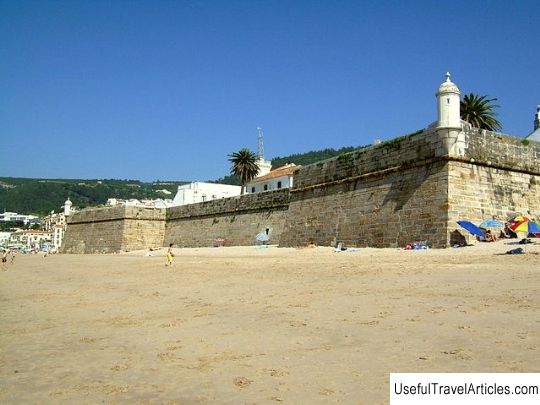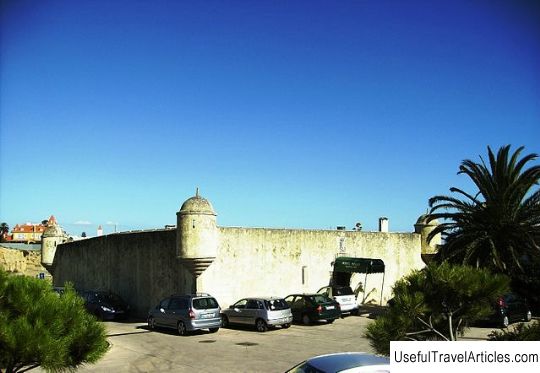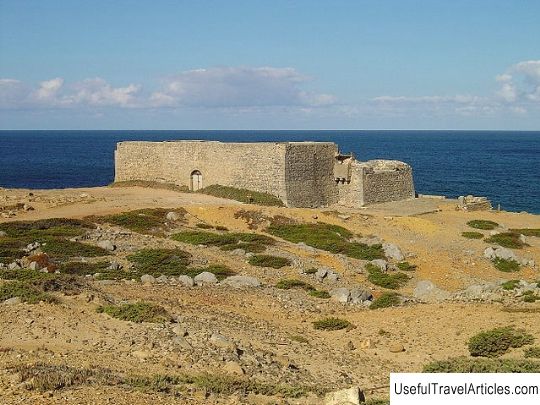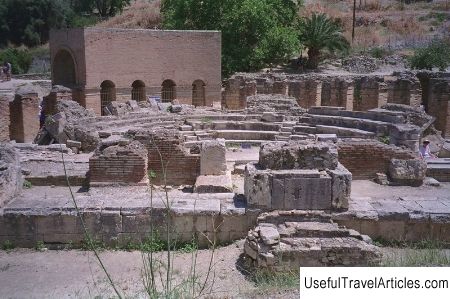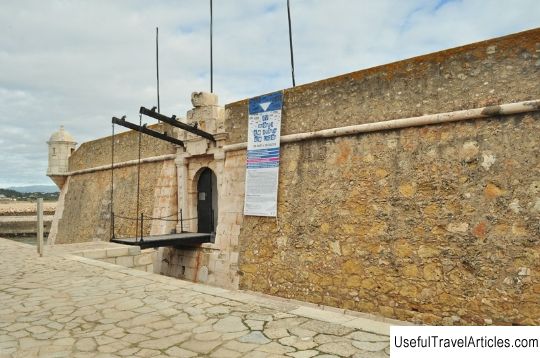Forte de Santiago do Outao description and photos - Portugal: Setubal
Rating: 8,6/10 (403 votes) 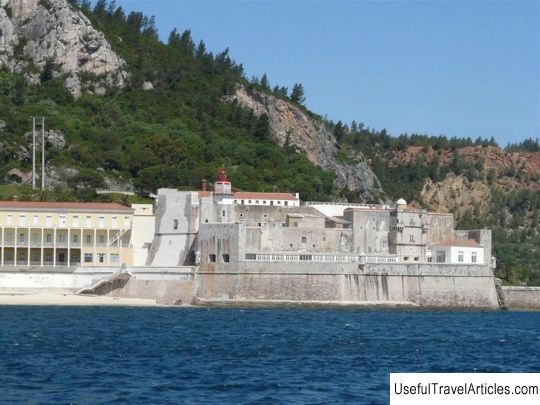
Forte de Santiago do Outao description and photos - Portugal: Setubal. Detailed information about the attraction. Description, photographs and a map showing the nearest significant objects. The title in English is Forte de Santiago do Outao. Photo and descriptionFort Santiago do Uthan, or, as it is also abbreviated as Fort Utan, is located on the northern bank of the Sado River, which is considered one of the main rivers of Portugal. Previously, on the site of the fort, there was a watchtower, which was built by King Joao I in 1390 as a watchtower to watch the Sado River. During the reign of King Sebastian I, the watchtower was modernized, expanded and fortified, and a high wall was built around the tower. The construction work was carried out under the direction of Afonso Alvares, who was the personal architect of King Sebastian I and a fortification engineer. The fort combines two styles: Gothic and Mannerism. Among the structures that were built under the leadership of Afonso Alvares, the monastery of Sao Bento in Lisbon, which was badly damaged during the Lisbon earthquake in 1755. In 1580, during a dynastic crisis in Portugal, the fort sided with Antonio I, prior of the Knights of Malta in Portugal and a pretender to the Portuguese throne, and was besieged by the Spaniards, led by the Duke of Alba. In 1625, a lighthouse was installed on the territory of the fort. In the second half of the 19th century, the fort was used as a prison for some time. In 1890, restoration work was carried out, and on the territory of the fort was the summer residence of the Portuguese king Carlos I Martyr and his wife, Queen Amelia. As the fort is surrounded by the Sierra da Arrabida mountain range that runs along the coast, the climatic conditions are very favorable for people with bone diseases. In 1900, at the initiative of the queen, construction work was carried out, the old bunkers were rebuilt into hospital buildings and a sanatorium was opened on the territory of the fort. Since 1909, the sanatorium has been converted into an orthopedic hospital, which still operates today.      We also recommend reading Glebuchev ravine description and photo - Russia - Volga region: Saratov Topic: Forte de Santiago do Outao description and photos - Portugal: Setubal. |
